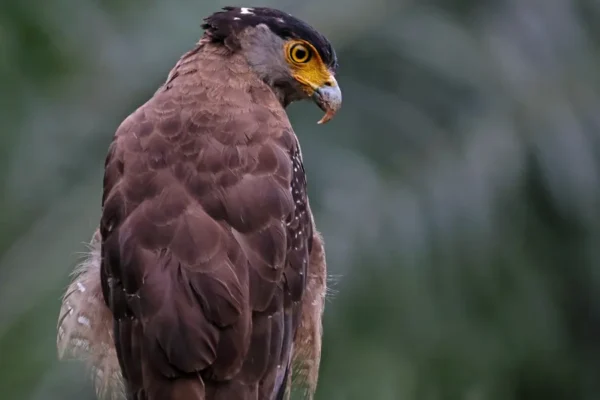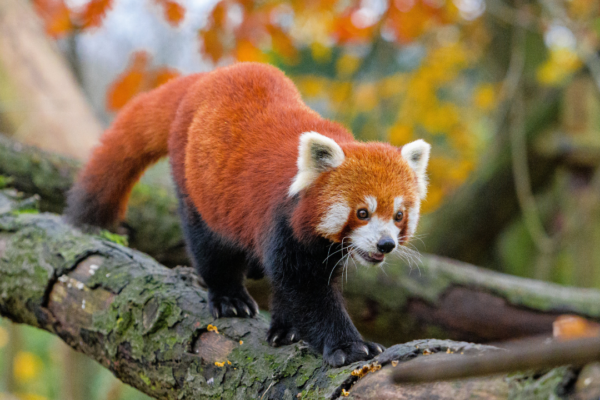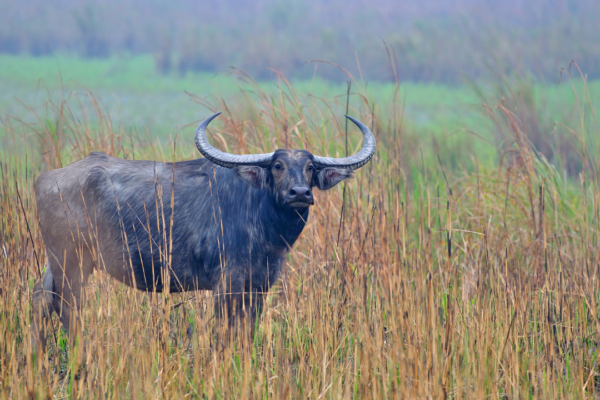Aquatic Wonders: Smooth-Coated Otters, Kaziranga’s Wetland Treasures
Kaziranga National Park, located in the state of Assam, is a UNESCO World Heritage Site that is famous for its wildlife diversity and conservation. The park is home to the world’s largest population of one-horned rhinoceroses, as well as many other endangered species such as tigers, elephants, wild water buffaloes, and bears. However, Kaziranga is not only a paradise for terrestrial animals but also for aquatic ones. Among the most fascinating and charismatic creatures that inhabit the wetlands of Kaziranga are the smooth-coated otters.
What are smooth-coated otters?
Smooth-coated otters (Lutrogale perspicillata) are semi-aquatic mammals that belong to the family Mustelidae, which also includes weasels, badgers, and ferrets. They are the largest otter species in Southeast Asia and are named after their smooth and short fur that is dark to reddish brown along the back, but light brown to almost grey on the underside. They have a more rounded head and a hairless nose shaped like a distorted diamond than other otter species. Their tail is flattened, in contrast to the more rounded tails of other otters. Their legs are short and strong, with large webbed feet bearing strong claws. They can grow up to 1.3 meters in length and weigh between 7 to 11 kilograms.
Smooth-coated otters are social animals that live in groups of up to 15 individuals, usually consisting of a mated pair and their offspring. They communicate with each other using vocalizations such as whistles, chirps, squeaks, and barks. They also mark their territory with scent glands located near their anus and on their chest.
Smooth-coated otters are mainly fish-eaters, but they also feed on crabs, prawns, frogs, and other small animals. They hunt in groups, using coordinated strategies and formations to chase and catch their prey. They can dive up to 3 meters deep and stay underwater for up to 6 minutes. They also use their sensitive whiskers to detect vibrations and movements of their prey in murky water.
Smooth-coated otters breed throughout the year, but peak breeding occurs between November and April. The gestation period lasts for about 60 to 63 days, after which the female gives birth to 1 to 5 pups in a den near water. The pups are born blind and helpless and depend on their mother’s milk for the first two months. They open their eyes after 40 days and start swimming after 10 weeks. They become independent after 10 months and reach sexual maturity after 2 to 3 years.
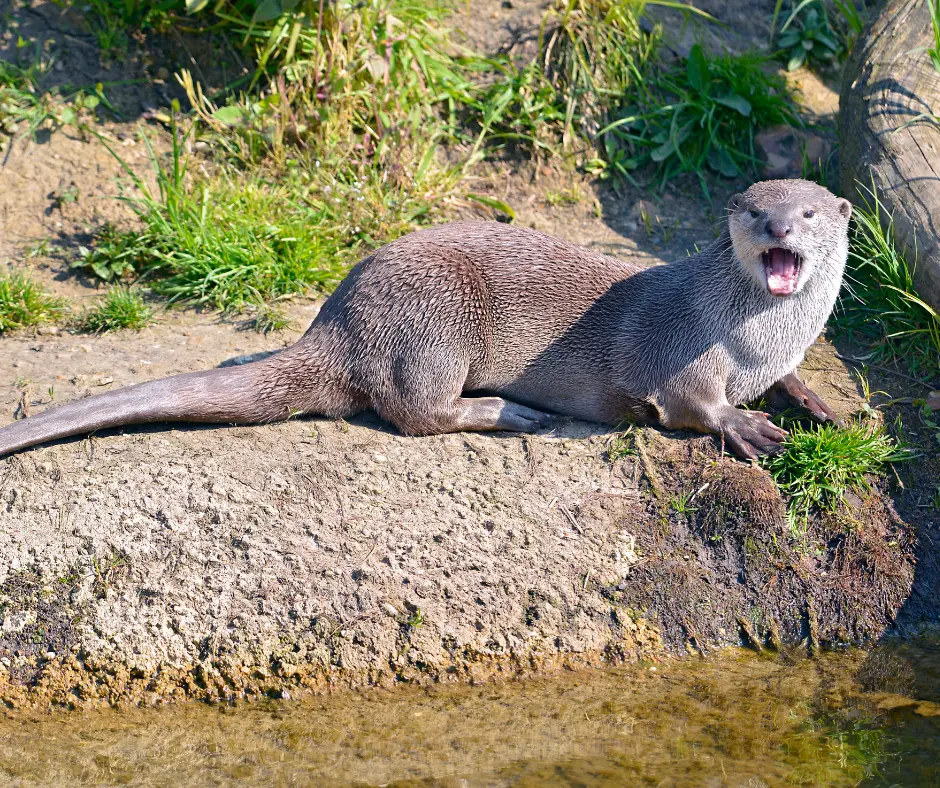
Why are smooth-coated otters important for Kaziranga?
Smooth-coated otters are not only adorable and playful animals, but also important indicators of the health and diversity of the wetland ecosystem of Kaziranga. They play a vital role in maintaining the balance of the food chain by controlling the population of fish and other aquatic animals. They also help in dispersing seeds and nutrients through their faeces and urine.
Smooth-coated otters are also important for the conservation of other endangered species in Kaziranga, such as tigers and rhinos. They act as sentinels or alarm systems for these animals by alerting them of the presence of predators or poachers through their loud calls. They also share their habitat with these animals by digging dens near water sources or using abandoned burrows of other animals.
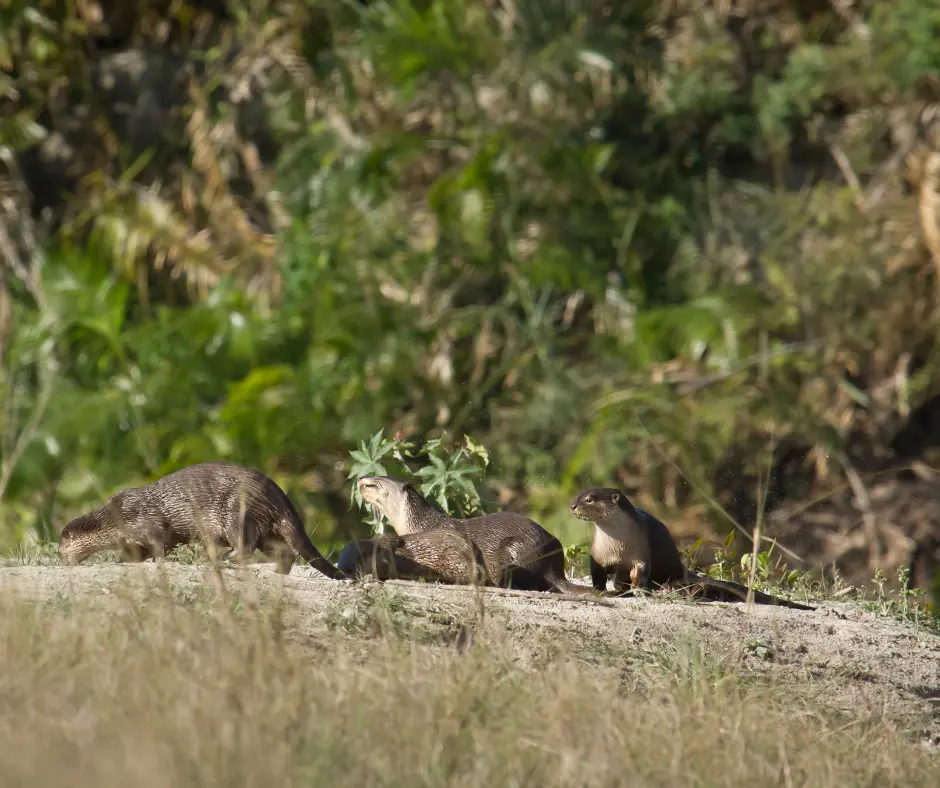
How can you see smooth-coated otters in Kaziranga?
Smooth-coated otters are elusive and shy animals that are difficult to spot in the wild. However, if you are lucky and patient enough, you can see them in Kaziranga during your visit. The best time to see them is during the winter season from November to February, when they are more active and visible due to the pleasant weather and lower water levels.
The best places to see them are near water bodies such as lakes, ponds, rivers, or streams that are scattered throughout the park. You can also see them near the grasslands or marshes that provide them with cover and food. Some of the popular spots where you can see them are:
- Bagori Range: This is one of the four ranges or zones of Kaziranga that is located on the western side of the park. It is known for its scenic beauty and diverse wildlife. You can see smooth-coated otters near the Bagori River or the Dhungri Lake that are situated within this range.
- Agoratoli Range: This is another range or zone of Kaziranga that is located on the eastern side of the park. It is known for its dense forest cover and rich birdlife. You can see smooth-coated otters near the Agoratoli River or the Sohola Beel that are situated within this range.
- Burapahar Range: This is another range or zone of Kaziranga that is located on the southern side of the park. It is known for its hilly terrain and varied vegetation. You can see smooth-coated otters near the Burapahar River or the Panbari Lake that are situated within this range.
You can see smooth-coated otters by taking a jeep safari or a boat safari in these ranges or zones. You can also take a guided nature walk or a birdwatching tour that will allow you to explore the park on foot or by bicycle. You can also visit some of the watchtowers or observation points that will give you a panoramic view of the park and its wildlife.
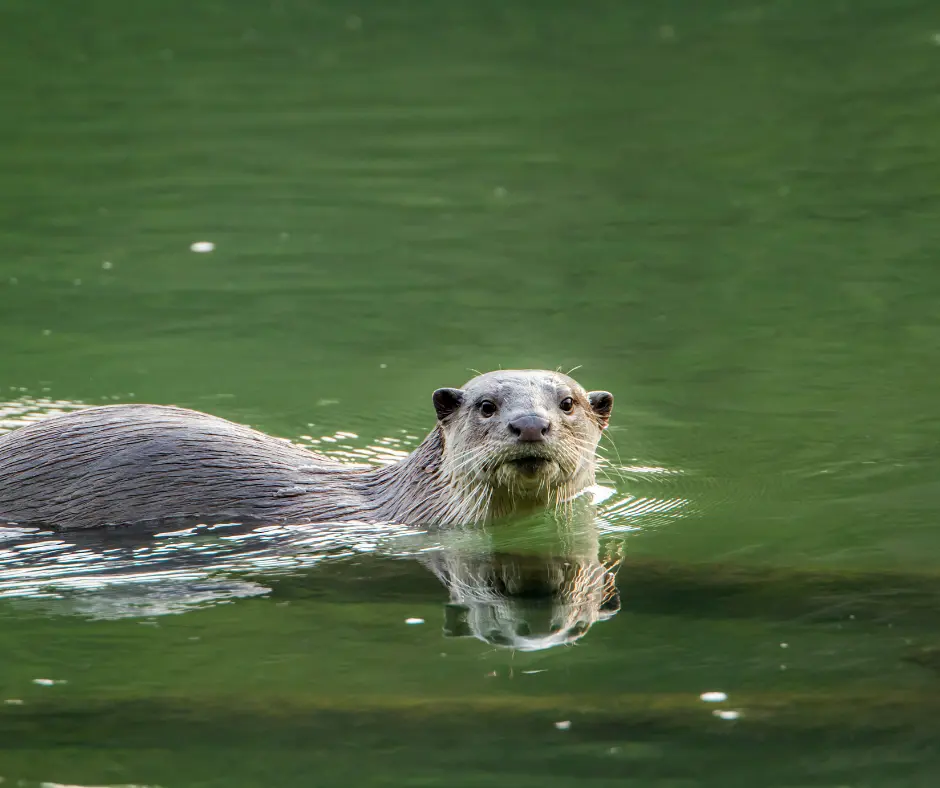
Smooth-coated otters are one of the most amazing and adorable animals that you can see in Kaziranga National Park. They are not only a delight to watch, but also a vital part of the wetland ecosystem of Kaziranga. They are also a symbol of the conservation and awareness of the wildlife in Kaziranga. By participating in Kaziranga Photo Safari, you can learn more about these aquatic wonders and their wetland treasures and appreciate their contribution to the rich heritage of India.



